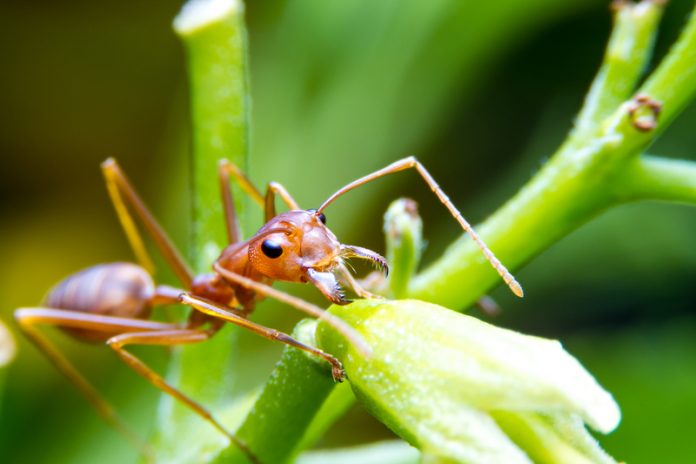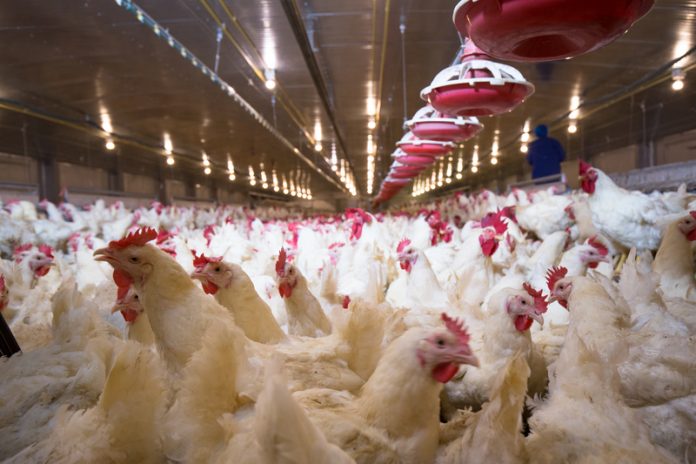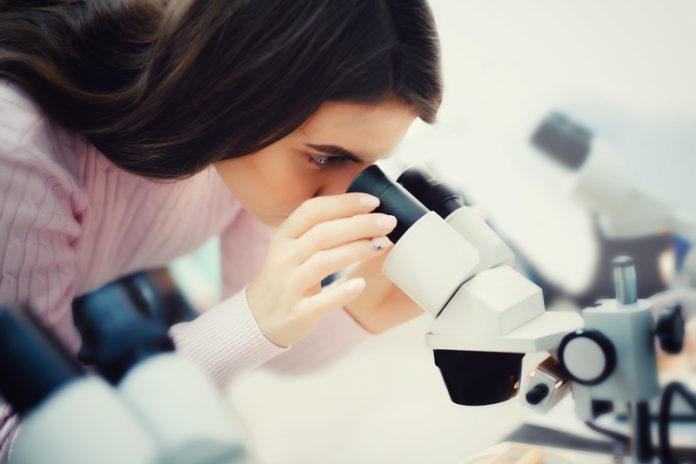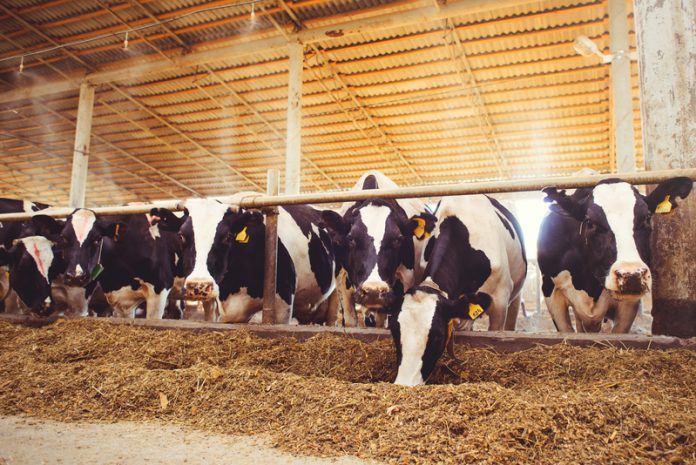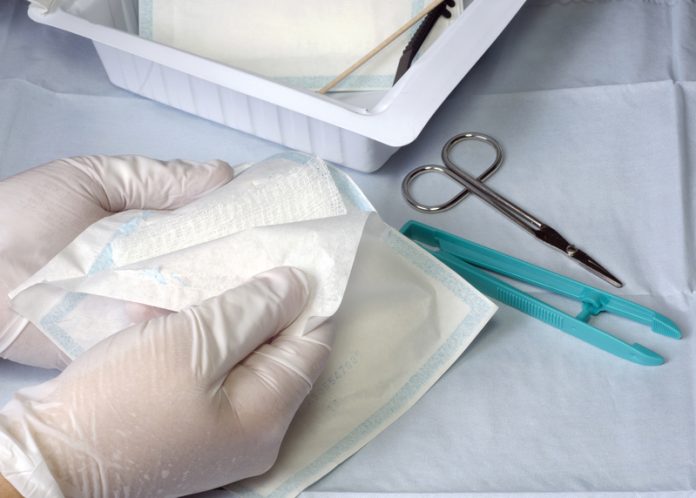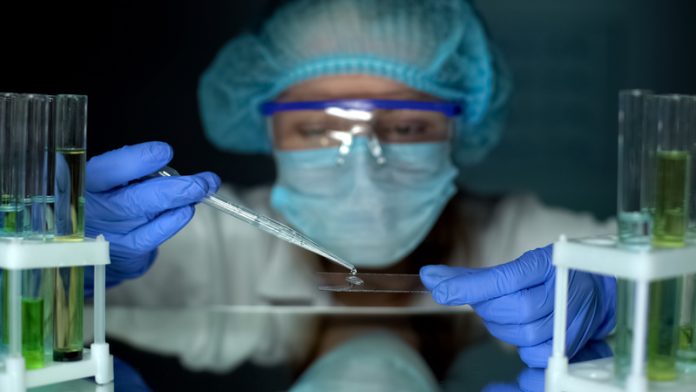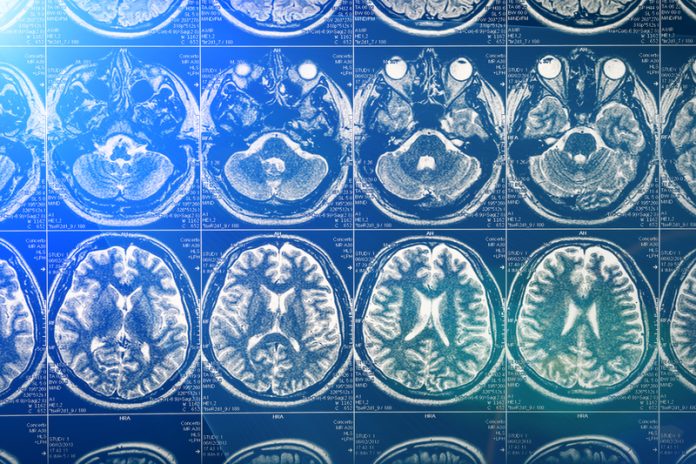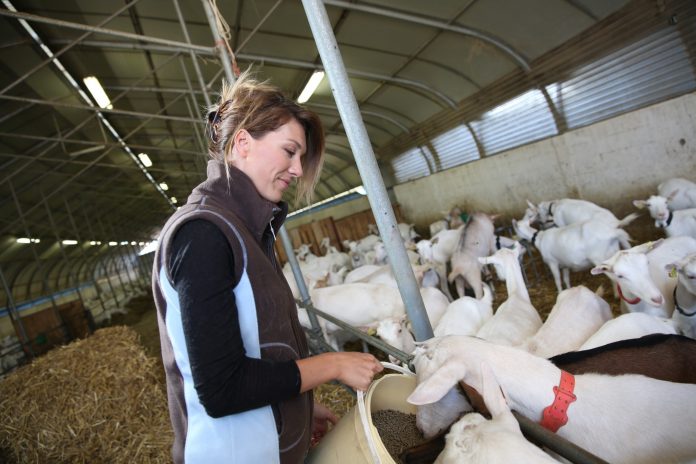Open Access Government produces compelling and informative news, publications, eBooks, and academic research articles for the public and private sector looking at health, diseases & conditions, workplace, research & innovation, digital transformation, government policy, environment, agriculture, energy, transport and more.
Home Search
pathogens - search results
If you're not happy with the results, please do another search
Reclassifying neurodegenerative diseases for drug development
Professor Duncan McHale, Head Global Exploratory Development, UCB discusses reclassifying neurodegenerative diseases to enable drug development and to help patients...
Neurodegenerative diseases are a growing global challenge as medical advances ensures more individuals live longer. By 2020 there will be more than 40 million individuals in the world with Alzheimer’s disease and...
The hurdles of Biological Control to control the Red Imported Fire Ant.
Guadalupe Rojas, Juan. A. Morales-Ramos, Jian Chen, Michael Grodowitz, and Margaret Allen discuss the hurdles of Biological Control to control the Red Imported Fire Ant.
The red imported fire ant, Solenopsis invicta, is one of the most successful invasive ants and it is regarded as one of the world’s worst invasive...
Probiotics on poultry gut health research
The chicken industry has become one of the fastest growing livestock industries around the world due to the demand for high-quality protein by consumers. Today, modern-day broiler chickens can reach a body weight of 2 kilograms by 35 days, which represents an increase of an astonishing 5000% of their...
Where will our new medicines come from?
A view from one of the drug discovery teams at the University of Strathclyde, Glasgow, Scotland
Earlier this year I completed a three-year term as a ‘Public Partner’ on the Scottish Medicines.
Consortium (SMC), which is the body that advises the National Health Service in Scotland on the cost-effectiveness of medicines....
Translating basic immunology to innovative and sustainable solutions for animal health and welfare
Infectious diseases are a major cause for animal suffering and production losses in livestock and at the same time, often being zoonotic, represent a serious hazard for food safety. Combating infectious diseases of livestock is, therefore, a top priority on the veterinary and public health agenda. Mass use of...
Colour changing dressing detects infections
A new dressing that changes colour when an infection is present could reduce the amount of antibiotics used unnecessarily…
Researchers have created a bandage that changes colour when toxins are present in a wound. Using fluorescent dye the dressing is able to detect bacteria and gives doctors an indication that...
New anti-infective drugs following a grand tradition
Nobel Prizes are normally awarded to scientists whose fundamental discoveries have had a major impact over a number of years in the particular field of scientific research. Just occasionally a Nobel Prize recognizes a discovery that has come directly to the consumer. From the point of view of a...
Metals in Biology: Elements of the Bioeconomy
At the beginning of 2014 the UK Biotechnology and Biological Sciences Research Council (BBSRC) established thirteen Networks in Industrial Biotechnology and Bioenergy. 1 An aim of these networks is to reduce the barriers for initiating collaborations between the academic and business communities, especially in the arena of Industrial Biotechnology....
You’ve got to be able to see what you are doing!
At the heart of almost everything we do in chemistry is analysis, measurements that show us what we have made, how pure it is, what is happening in a reaction, or what is present in a particular sample. The use of the word ‘see’ is not just a journalistic...
Tackling antibiotic resistance
Andrew Miller MP, Chair of the Science and Technology Committee sheds light on why the next government must make tackling antibiotic resistance a public health priority
Medicine could be ‘cast back into the dark ages’ by growing antibiotic resistance, David Cameron grimly warned last year. To see off the ‘superbugs’...
A new blood test could help with antibiotic use
A new blood test that can determine whether an infection is caused by a bacteria or a virus within two hours could stop patients receiving unnecessary antibiotics...
Research published in PLOS One has revealed that a new blood test can help doctors establish whether an infection requires antibiotic treatment.
Antibiotics are...
Chemistry helps the fight against bacterial infections
Developing new antibiotics to tackle bacterial infections such as E.coli and MRSA is an important task. Open Access Government highlights how vital this is and how chemistry plays a role in the development
Chemistry plays an important role in everyday life and the world round us, including our food and drink,...
Innovative brain imaging
Energy defects, neuroinflammatory processes, and abnormal cellular morphology in neurodegenerative diseases (ND) would constitute extremely informative brain imaging biomarkers of disease progression and readouts in clinical trials. Emerging research aims at developing novel brain imaging methods to study these different aspects not only in animal models but also in...
Global challenges facing the agriculture sector
Gavin Whitmore, Biodiversity Manager at European Crop Protection Association (ECPA) sheds light on the global challenges that face the agriculture sector
Farmers and an impressive array of agri food-chain actors provide us with a plentiful supply of safe, healthy and affordable food. European consumers, who are accustomed to this ready...
Agriculture and biodiversity –the importance of sustainable productivity
Gavin Whitmore, Biodiversity Manager at European Crop Protection Association (ECPA) sheds light on the global challenges that face the agriculture sector.
Farmers and an impressive array of agri food-chain actors provide us with a plentiful supply of safe, healthy and affordable food. European consumers, who are accustomed to this ready...
Nanobiotechnology for Diagnostics Nb4D Group
The Nanobiotechnology for Diagnostics (Nb4D) Group belongs to the Institute of Advanced Chemistry of Catalonia (IQAC), one of the institutes of the State Agency CSIC (Consejo Superior de Investigaciones Científicas), and to the Biomedical Research Centre Network of Bioengineering, Biomaterials and Nanomedicine (CIBERBBN).
The group is led by Prof. M.-Pilar...
Added value to animal nutrition
The need for the world’s food products from animal origin, like meat, milk or eggs, will continue to grow in the coming decades. The main reasons are population growth and an increase in the numbers of people who can afford valuable food, like the fast growing middle-classes in China...
Chemical biology and drug discovery
The power of flexible teamwork is the key to successful research in chemical biology and drug discovery in the work of Professor Colin Suckling at the Department of Pure and
Applied Chemistry at the University of Strathclyde in Glasgow. Over the past 10 years, research has challenged major problems of...
Bio-securing our woodland
Austin Brady, Head of Conservation at the Woodland Trust discusses the impacts of disease and pests on our woodlands, and how we can mitigate the risks.
It’s now just over 1 year on from the day that the devastating disease ash dieback was confirmed within the ‘wider environment’ in the...


